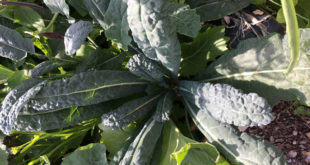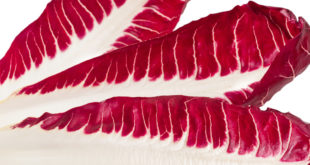In Kenya and Tanzania, kale is a key staple in highland farming communities, where it is referred to as sukuma wiki, which in Swahili means “to push the week.” Eaten with a thick, maize-based porridge called ugali, kale is what allows many East African families to get through the week, often with little more than a sprinkling of tomato, onion, or, in better-off families, a few pieces of meat mixed in.

In Kenya, kale is grown in small garden patches on almost all rural farms, as well as along public roadsides and in peri-urban and urban neighborhoods. It can even be found along main throughways and in small patches of open space in Nairobi itself, which, with a population of about 3.75 million, is East Africa’s largest metropolitan center. For poor families, kale is often the main vegetable they grow and consume, even when they own no land. Indeed, for many East Africans, kale may be the difference between having food and going to bed hungry. I once asked a Kenyan friend why sukuma wiki is not stolen from unfenced public spaces at harvest time, especially since crime is prevalent in many Kenyan cities. While acknowledging that occasional thefts do occur, he explained that since sukuma wiki is for the poor, it is usually left alone. And so, it seems, the leafy vegetable even embodies a certain morality and compassion for the poor in East Africa.
Read the original article on Sapiens.org
 bfc.green Promoting Green Lifestyle
bfc.green Promoting Green Lifestyle


